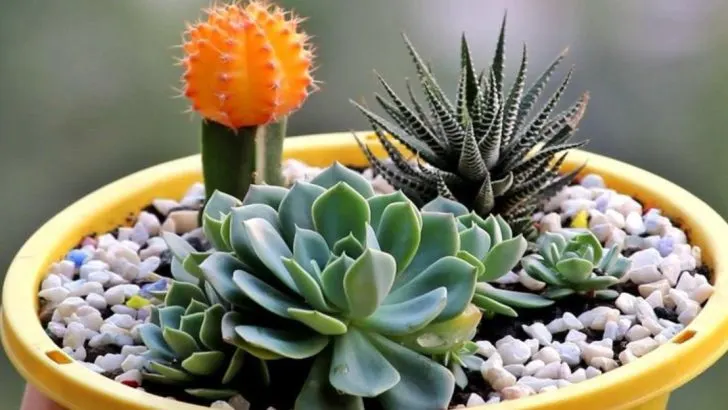Gardening isn’t just about growing plants – it’s also a powerful tool for mental well-being. Here are 26 therapeutic gardening activities that can help reduce stress, boost mood, and promote relaxation.
Mindful Weeding
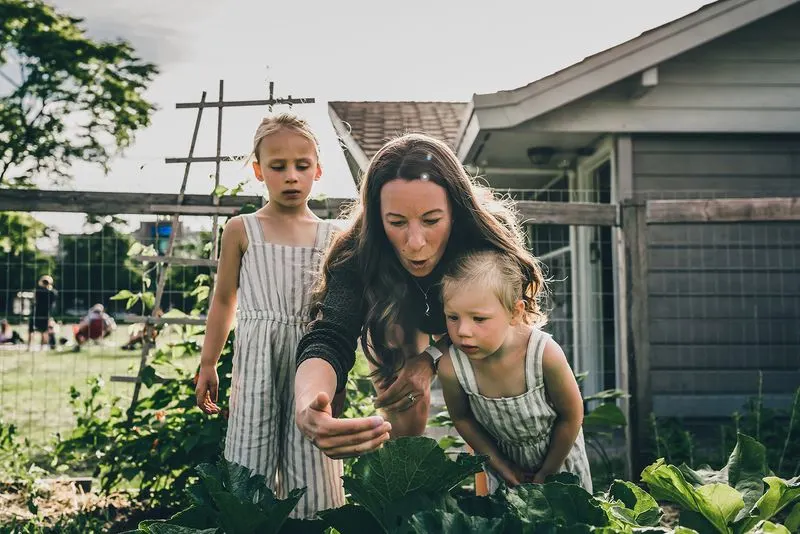
Weeding can be a surprisingly mindful activity. Concentrating on removing unwanted plants allows one to clear the mind of clutter. It’s a chance to connect with the garden on a deeper level, understanding each plant’s place in the ecosystem. This simple act becomes a meditation in motion, helping to foster patience and presence. By focusing on each weed, you cultivate a sense of accomplishment as the garden becomes tidier, mirroring the clarity in your thoughts. Let this repetitive task anchor you in the present, offering a gentle reminder that small efforts yield significant change.
Herbal Tea Garden Creation
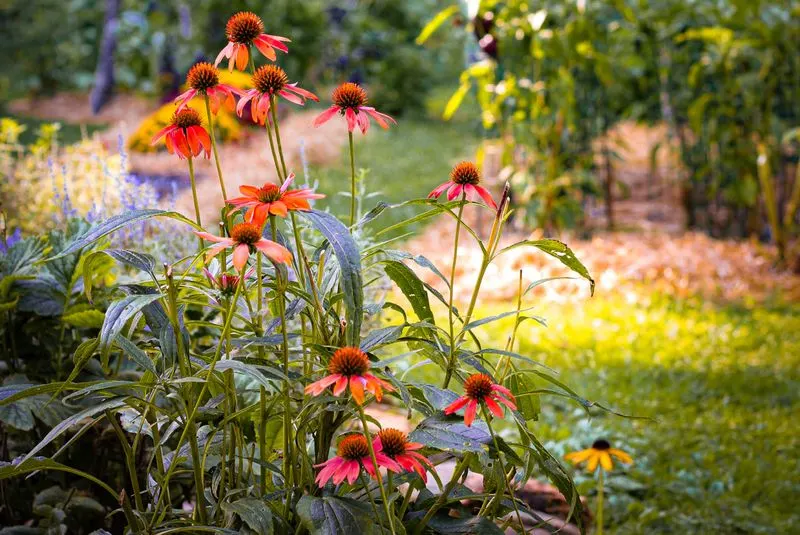
Crafting a herbal tea garden is an aromatic adventure. Selecting herbs like chamomile, mint, and lavender invites soothing scents into your space. Each plant has its own story, offering different flavors and benefits. Caring for these herbs encourages routine, nurturing both the plants and your sense of calm. The anticipation of brewing fresh tea adds an element of excitement, connecting you to the cycle of growth and harvest. This tactile journey, from planting to sipping, enriches your daily rituals with nature’s tranquility. Embrace the scent of possibility as you cultivate your oasis.
Butterfly Sanctuary Design
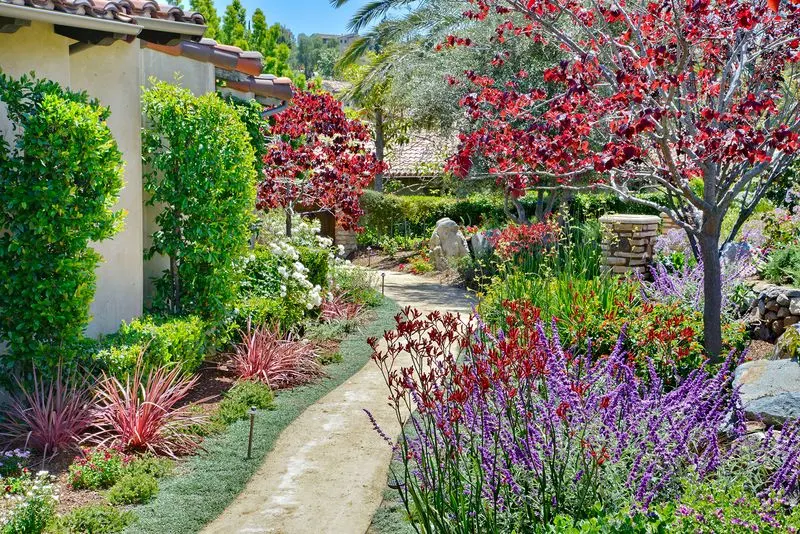
Creating a butterfly sanctuary transforms a garden into a vibrant haven. Selecting the right flowers invites an array of butterflies to dance around your space. Watching these delicate creatures flutter by instills a sense of wonder and joy. Each visit from a butterfly is a reminder of the beauty in transformation and renewal. Designing this space involves understanding the needs of these pollinators, making it a rewarding educational experience. The flutter of wings brings a symphony of colors, offering moments of pure bliss and connection to the natural world around you.
Rainwater Harvesting Setup
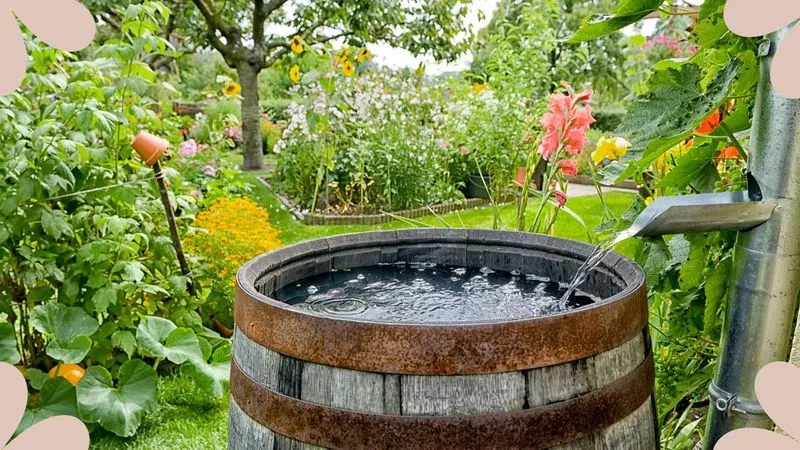
Rainwater harvesting is both an eco-friendly and therapeutic endeavor. Setting up a system to collect rain not only conserves water but also connects you with nature’s cycles. This sustainable practice encourages mindfulness about resource usage and promotes self-sufficiency. As you work on this project, the rhythmic sound of rain becomes a soothing backdrop. The sight of collected water reminds you of the garden’s dependency on natural elements. It’s a simple yet profound way to engage with the environment, fostering a deeper appreciation for the world’s natural resources.
Zen Garden Raking
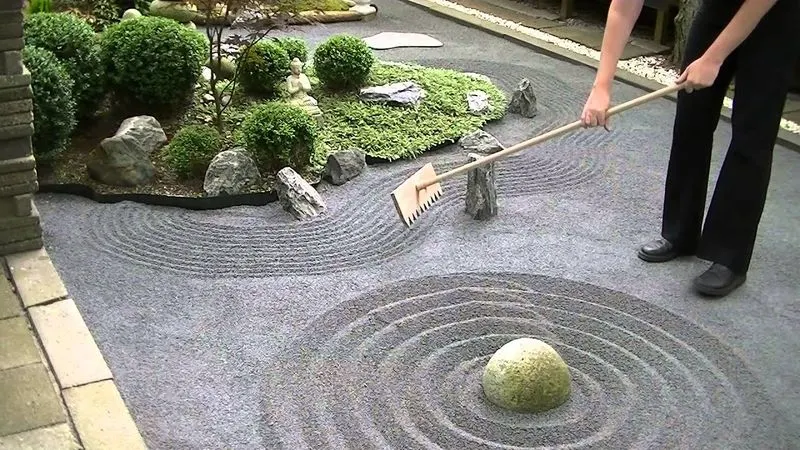
Raking a Zen garden is an exercise in serenity. The gentle motion of the rake through sand or gravel creates patterns that reflect one’s inner state. This act is a form of moving meditation, encouraging focus and tranquility. Each stroke of the rake is an expression of thought and emotion, captured in ephemeral art. The simplicity of the Zen garden serves as a canvas for introspection, a space to let go of stress and embrace calm. This ritual not only beautifies the space but also provides a mental reset, fostering peace in daily life.
Composting
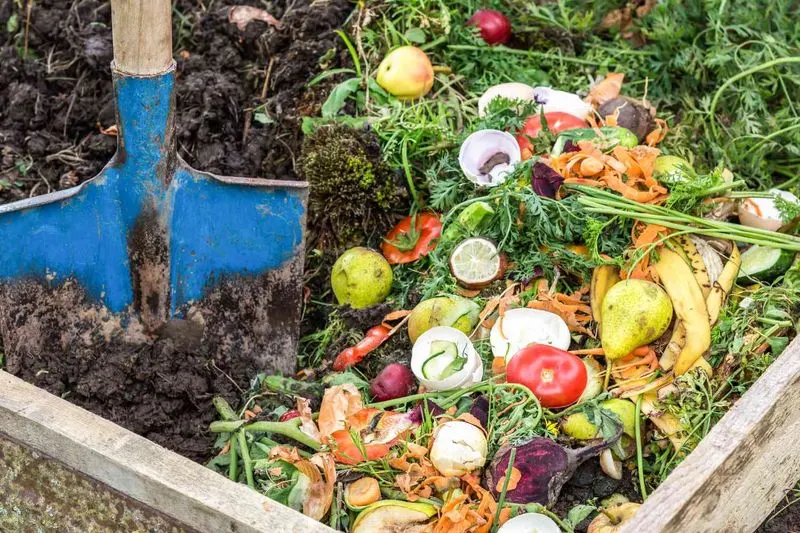
Composting is a transformative process, turning waste into valuable garden nutrition. Engaging in this activity fosters a sense of responsibility towards nature. Observing organic matter break down into rich compost is a lesson in patience and regeneration. It’s a hands-on way to understand the circle of life, as each decomposed item contributes to healthier soil. The act of composting can be therapeutic, offering a tactile connection to the earth. As you nurture this process, it instills a deeper appreciation for sustainability and the role you play in the ecosystem.
Bee Hotel Installation
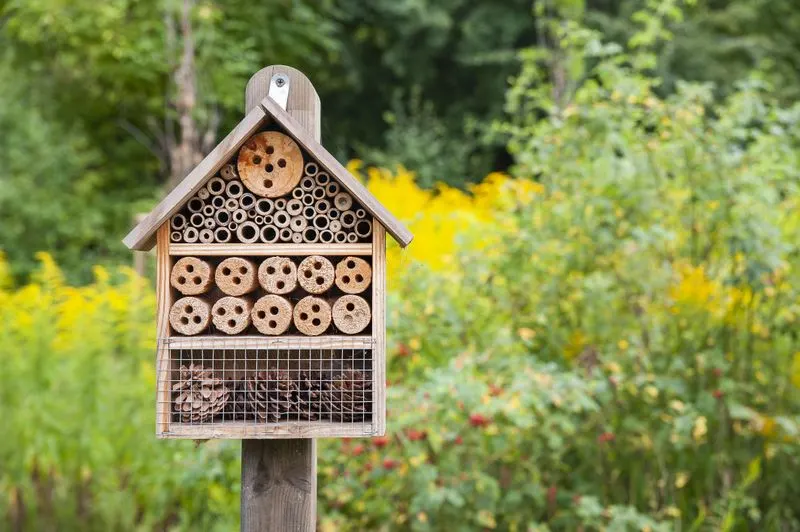
Building a bee hotel supports biodiversity and offers a glimpse into the fascinating world of pollinators. This project enhances your garden’s ecosystem by providing shelter for bees, essential for pollination. Watching bees make use of their new home is a rewarding experience that underscores the importance of each creature in nature’s web. Crafting and placing the bee hotel fosters creativity and environmental stewardship. It’s an opportunity to learn about different bee species and their roles. This simple act contributes to a healthier environment and encourages a harmonious relationship with wildlife.
Succulent Arrangement
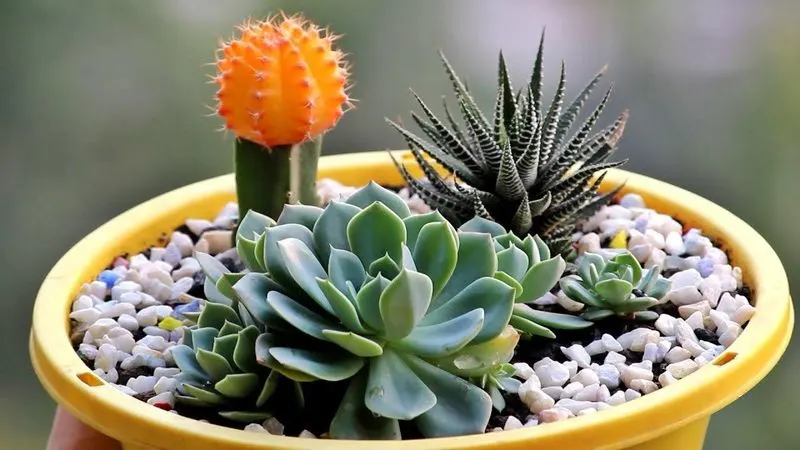
Arranging succulents is a delightful way to explore creative expression. These resilient plants come in myriad shapes and colors, each requiring minimal care. Crafting an arrangement allows for artistic freedom and experimentation with design. Their compact size and unique textures make them ideal for indoor and outdoor displays. As you tend to these hardy plants, the act of nurturing them becomes a symbol of resilience and adaptability. This mindful activity provides a satisfying way to connect with nature, offering both beauty and a sense of achievement.
Garden Journal Keeping
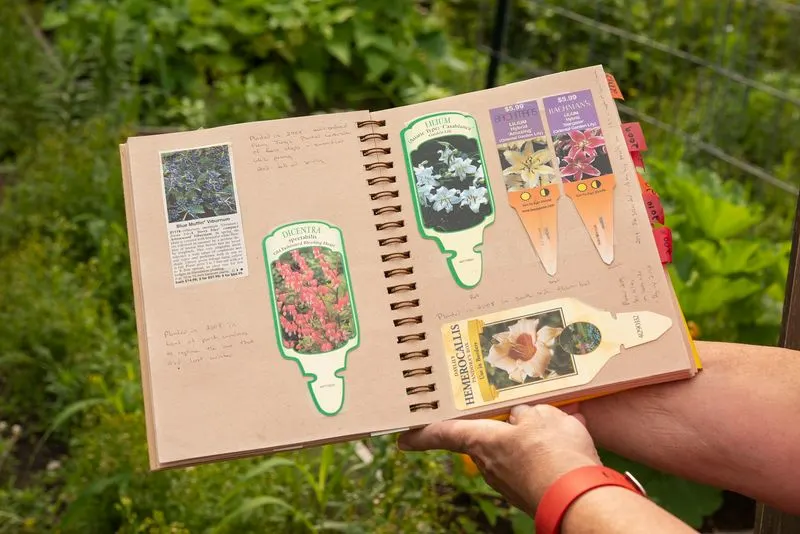
Keeping a garden journal is a reflective practice that deepens your connection with nature. Documenting weather patterns, plant growth, and personal thoughts creates a rich tapestry of experiences. This habit encourages observation and mindfulness, as each entry captures a moment in time. The journal becomes a personal dialogue with the garden, tracking progress and changes through the seasons. As you review past entries, the journal offers insights into both the garden’s development and your own personal growth. This practice enhances appreciation for the subtle rhythms of nature.
Seed Saving
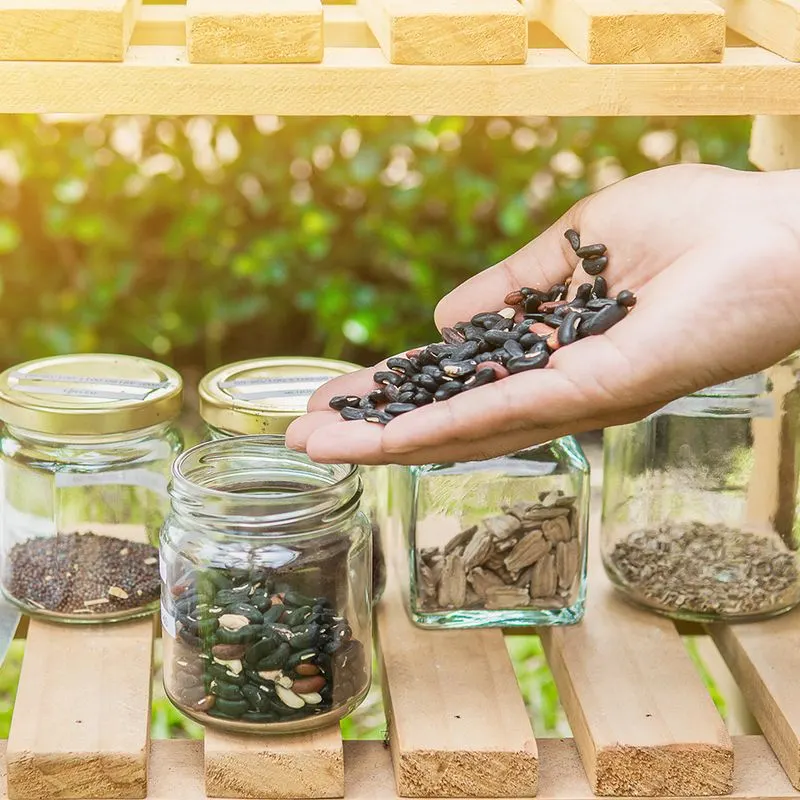
Saving seeds is a rewarding activity that connects you to the garden’s lifecycle. Collecting seeds from your favorite plants allows you to preserve their legacy and ensures future growth. This practice is both an art and a science, requiring careful selection and storage. Engaging in seed saving promotes sustainability and self-reliance. As you gather and label seeds, each tiny package holds the promise of new life, embodying potential and hope. The process fosters a deeper understanding of plant biology and the interconnectedness of ecosystems.
Meditative Pruning

Pruning can be a meditative practice that enhances both the plant’s health and your mental clarity. Carefully removing dead or overgrown branches encourages growth and structure. This task requires focus and intention, fostering a sense of calm and purpose. Each cut is an opportunity to reflect on letting go of the unnecessary, promoting growth and renewal both in the garden and personally. The rhythmic nature of pruning can be soothing, providing a chance to unwind and connect with the natural world. This practice nurtures both the garden and the gardener.
Vegetable Patch Planning
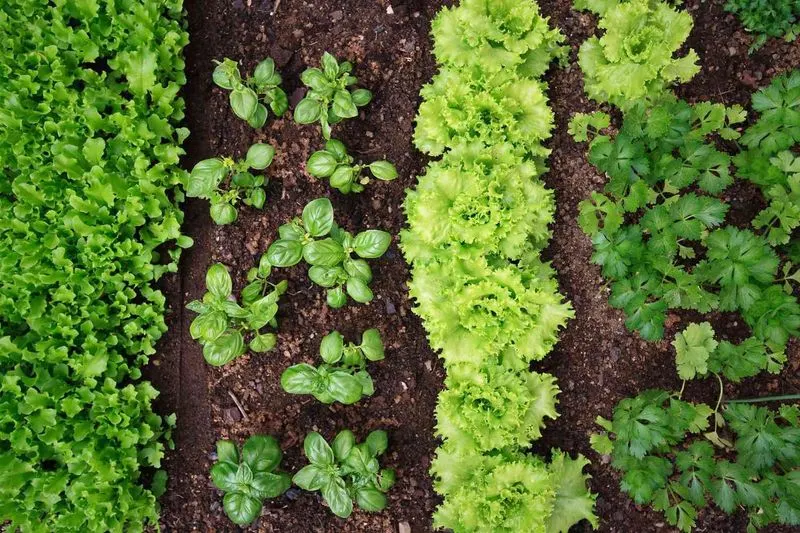
Planning a vegetable patch is an exercise in creativity and patience. Designing the layout involves considering sunlight, soil health, and plant companionship. This thoughtful process encourages strategic thinking and problem-solving. Anticipating the harvest fosters a sense of excitement and responsibility. As you plant and tend to your vegetables, you witness the fruits of your labor—literally and figuratively. This project not only provides fresh produce but also cultivates a deeper connection to the food you eat. It’s a fulfilling journey that rewards effort and care.
Flower Pressing
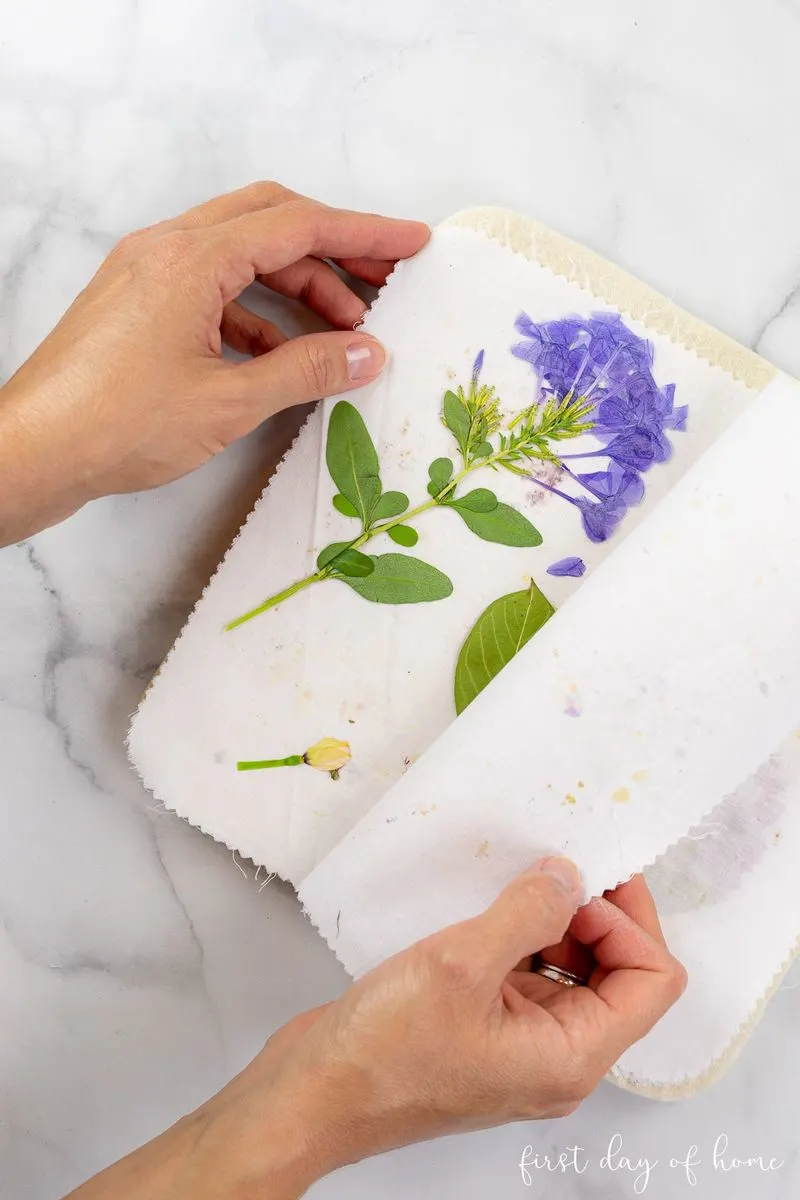
Pressing flowers is a creative way to preserve the beauty of the garden. This artistic endeavor involves selecting and flattening blooms to capture their essence. The process encourages patience and attention to detail, as each petal is delicately arranged. Once pressed, the flowers can be used in various crafts, from cards to framed art. This activity offers a tactile connection to the garden, transforming fleeting beauty into lasting mementos. As you press each flower, memories of the garden are preserved, creating a keepsake that holds both beauty and sentiment.
Garden Art Creation
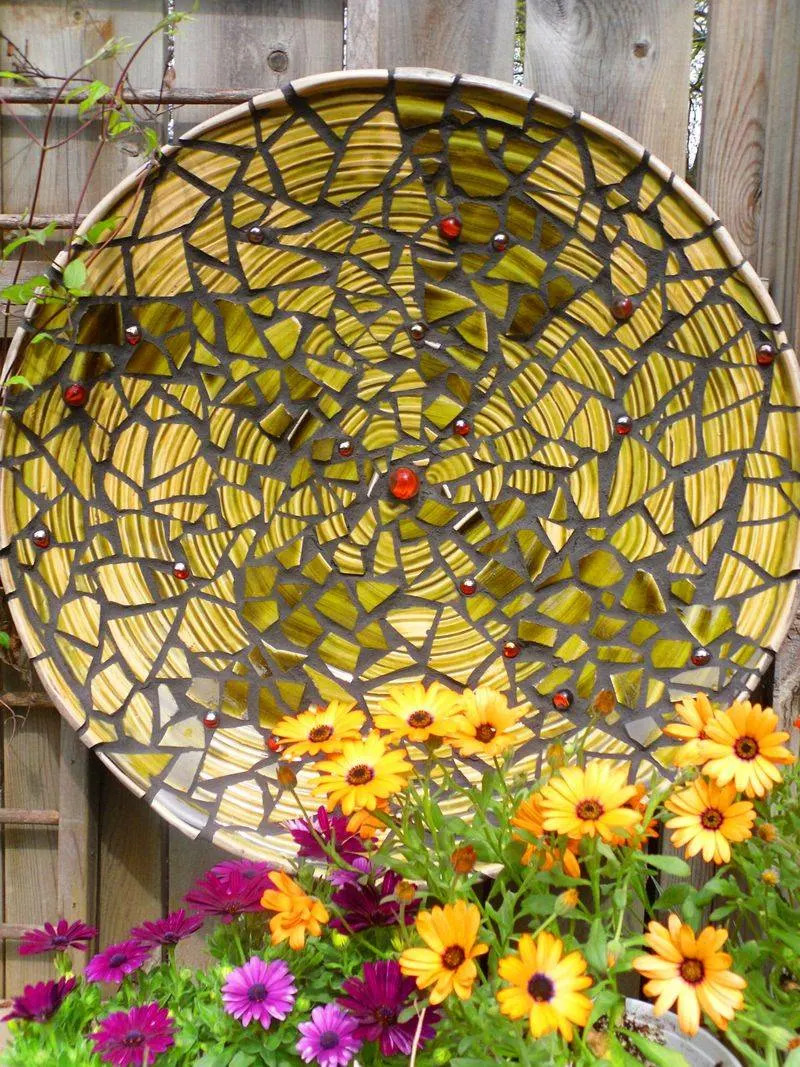
Creating art in the garden combines creativity with the outdoors. Painting, sculpting, or crafting with natural materials can transform a garden into a personal gallery. This activity encourages self-expression and enhances the garden’s aesthetic appeal. Working amidst nature can spark inspiration, as sights, smells, and sounds fuel the creative process. Each piece of art becomes a dialogue between the artist and the environment, reflecting personal interpretations of the natural world. This fusion of art and gardening nurtures the soul, offering a fulfilling outlet for imagination and reflection.
Sensory Pathway Construction
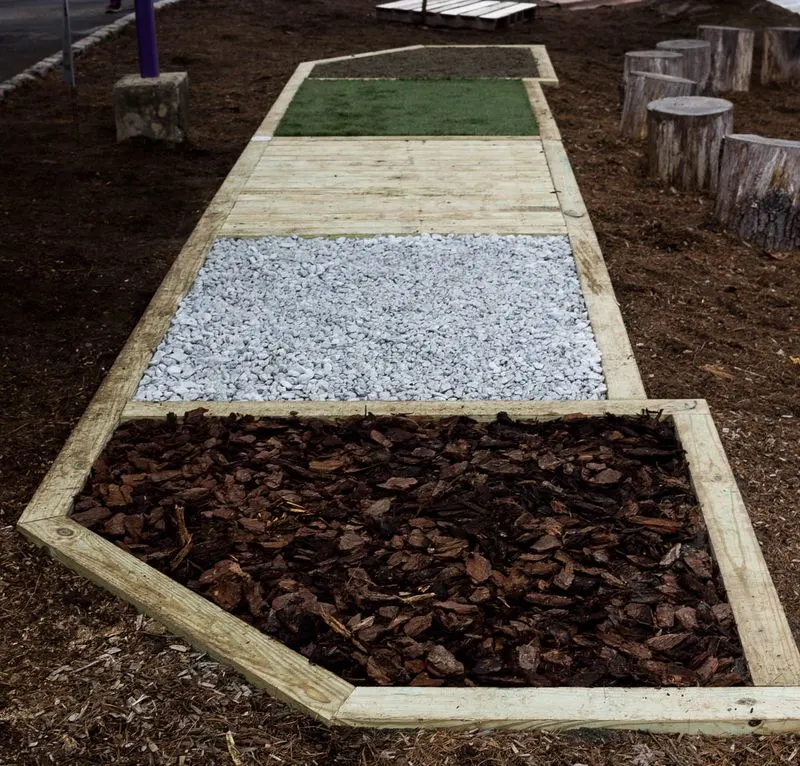
Building a sensory pathway in the garden is an enriching project that engages all the senses. Incorporating various textures, colors, and scents creates a multi-sensory experience. Walking along the pathway encourages mindfulness and sensory awareness, grounding you in the present moment. Each step offers a new discovery, from the feel of pebbles underfoot to the scent of aromatic herbs. This creative endeavor fosters connection with nature, providing a sanctuary for relaxation and reflection. The pathway becomes a journey through the garden that delights and calms the mind.
Birdhouse Building
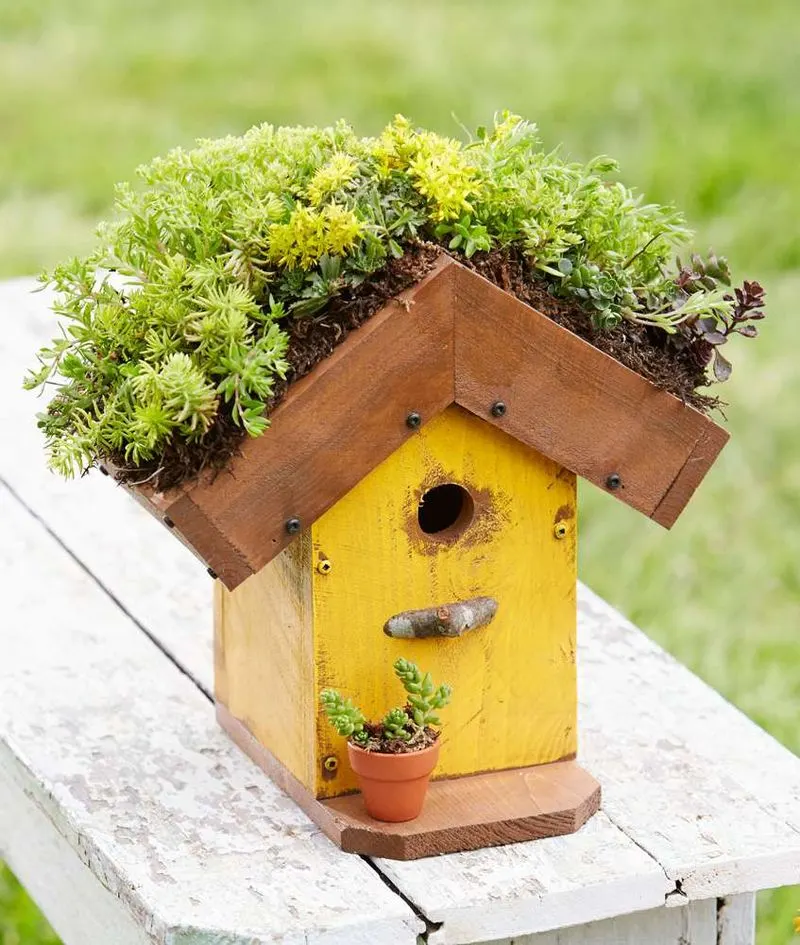
Crafting a birdhouse is a fulfilling activity that supports local wildlife. Designing and building a shelter invites feathered friends to make your garden their home. This project fosters creativity and teamwork, especially when done with family or friends. Observing birds as they visit and nest can bring joy and a sense of connection to nature. The birdhouse becomes a focal point in the garden, offering continuous entertainment and learning opportunities about bird behavior. This simple act of kindness towards wildlife enriches both the garden and your experience of it.
Herb Spiral Construction
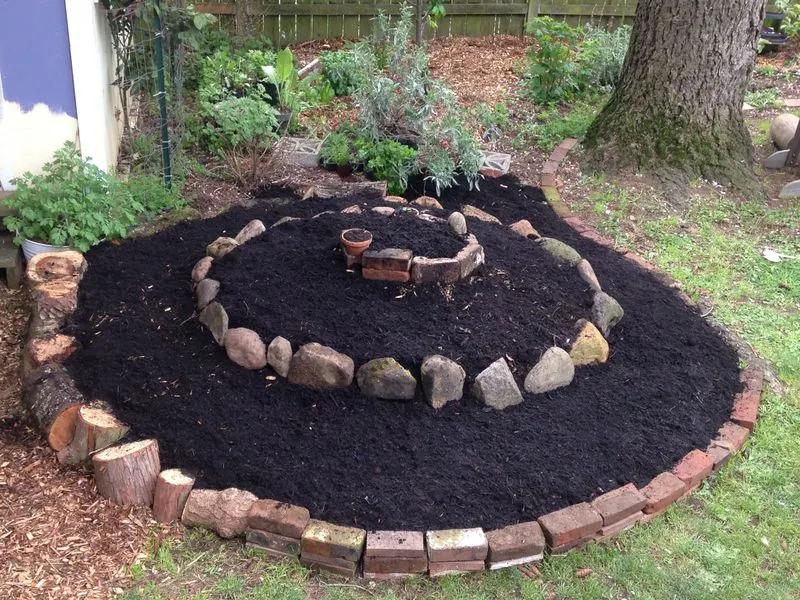
An herb spiral is a space-efficient way to grow a variety of herbs. Constructing this vertical garden is both a creative and practical project, allowing for diverse planting in small spaces. The spiral design utilizes different microclimates, supporting herbs with varying needs. As you build and plant, the spiral becomes a living sculpture that adds beauty and functionality to your garden. This DIY project inspires resourcefulness and offers fresh herbs at your fingertips. Caring for the herb spiral connects you to culinary traditions and enhances your appreciation for sustainable practices.
Water Feature Installation
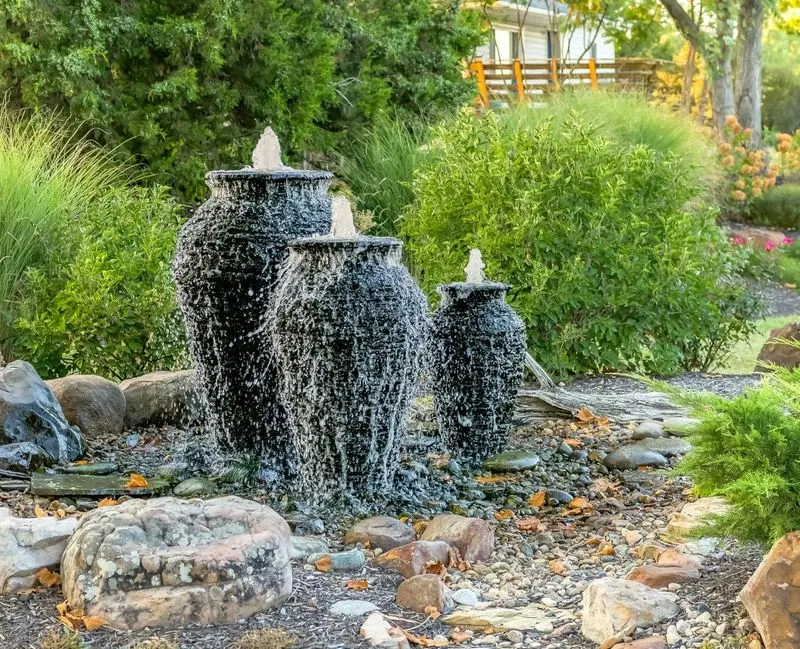
Installing a water feature adds a soothing element to any garden. The gentle sound of flowing water creates a calming atmosphere, perfect for relaxation and reflection. This project can be as simple or elaborate as you choose, offering a creative outlet and a new focal point for your garden. Working with water encourages mindfulness and a deeper connection to natural elements. The presence of water attracts wildlife, enhancing biodiversity and interest. This installation transforms your garden into a tranquil retreat, enriching the sensory experience and providing peace.
Gourd Birdhouse Crafting
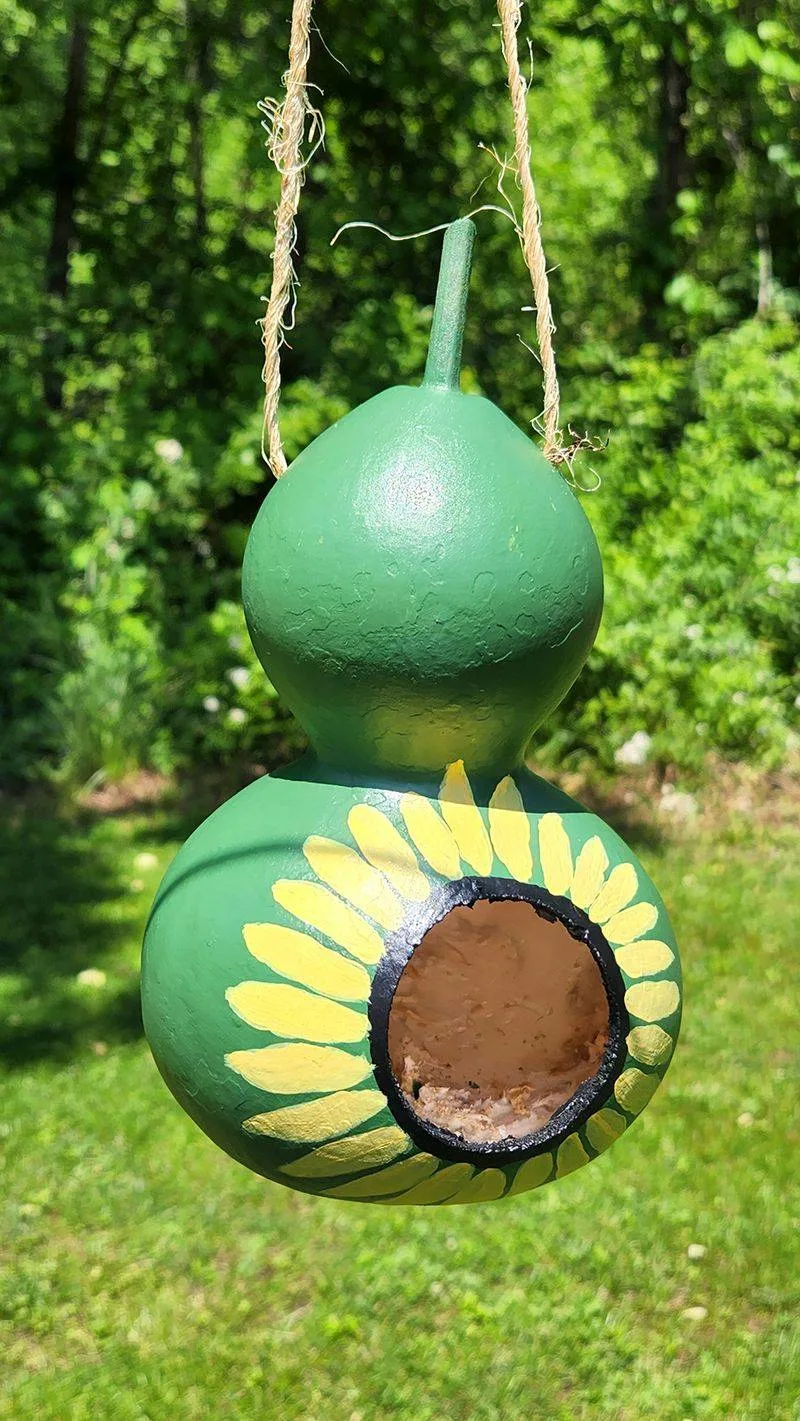
Crafting birdhouses from gourds is a unique blend of art and function. This sustainable practice repurposes natural materials into charming homes for birds. The crafting process encourages creativity as each gourd can be uniquely decorated. These birdhouses add an artistic element to the garden while providing shelter for avian visitors. Watching birds interact with these creations brings joy and a sense of accomplishment. This eco-friendly project nurtures both wildlife and artistic expression, transforming simple gourds into vibrant garden features that support biodiversity.
Terrarium Creation
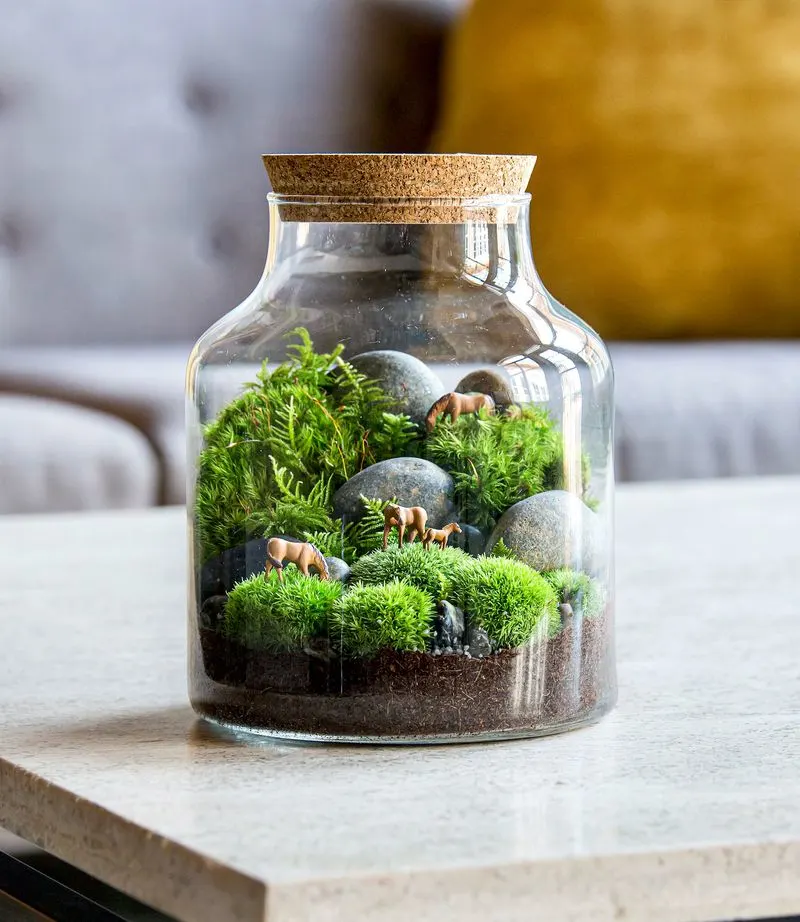
Creating a terrarium is like crafting a miniature ecosystem. This contained garden offers a chance to explore plant arrangements and design on a small scale. Assembling the terrarium requires attention to detail and an understanding of plant needs. The finished product is a living piece of art that brings a touch of nature indoors. Caring for a terrarium provides a sense of responsibility and connection to the natural world. This project is ideal for those with limited space, as it combines beauty and function in a compact form, encouraging mindfulness and creativity.
Garden Meditation Space Design

Designing a meditation space in the garden creates a sanctuary for reflection and peace. This project involves selecting calming plants and arranging seating to invite relaxation. The space becomes a personal retreat, offering a refuge from daily stressors. Engaging in this design process encourages mindfulness and intention, as each element is chosen for its soothing qualities. The meditation area fosters a deeper connection to nature and self, promoting mental well-being. Regular use of this space enhances relaxation and tranquility, offering a consistent escape to recharge and reflect.
Community Garden Participation
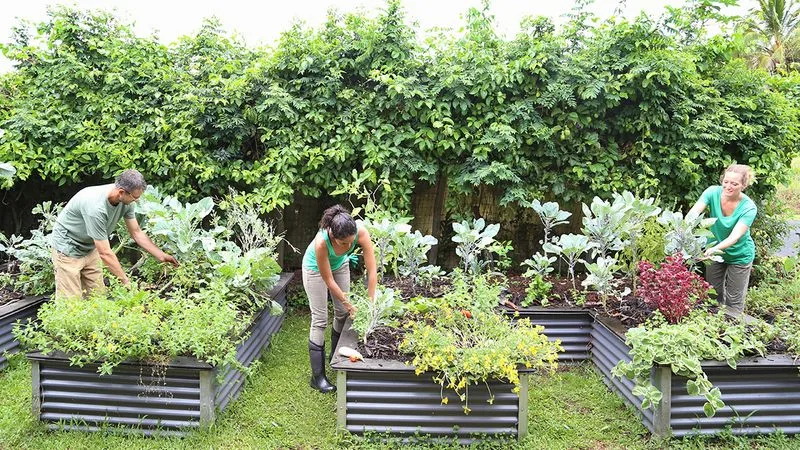
Participating in a community garden fosters social connections and shared purpose. Working alongside others to cultivate a common space builds relationships and community spirit. This collective effort supports individual and group well-being, offering both companionship and fresh produce. Community gardening provides opportunities to learn from others, sharing knowledge and skills in a supportive environment. Engaging in this communal activity nurtures a sense of belonging and contribution. The garden becomes a symbol of unity and collective growth, enhancing mental health and encouraging sustainable living practices.
Edible Flower Cultivation
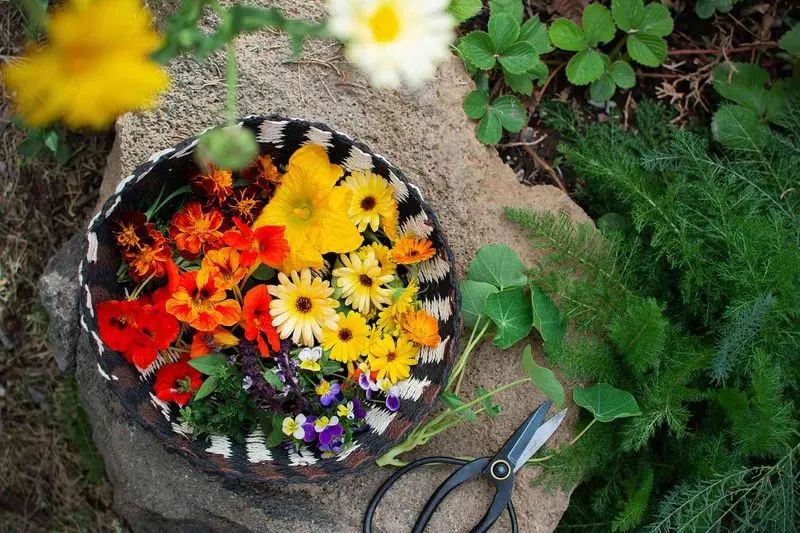
Cultivating edible flowers combines beauty with culinary delight. Selecting and growing these vibrant blooms adds color and flavor to your meals. This activity encourages exploration and creativity in the kitchen. Understanding which flowers are edible and how to use them safely expands your gardening and cooking repertoire. The process of planting, tending, and harvesting these flowers fosters a sense of accomplishment. Each bloom offers a unique taste experience, connecting you to the flavors of the garden. This fusion of gardening and gastronomy enriches your culinary adventures.
Fairy Garden Design
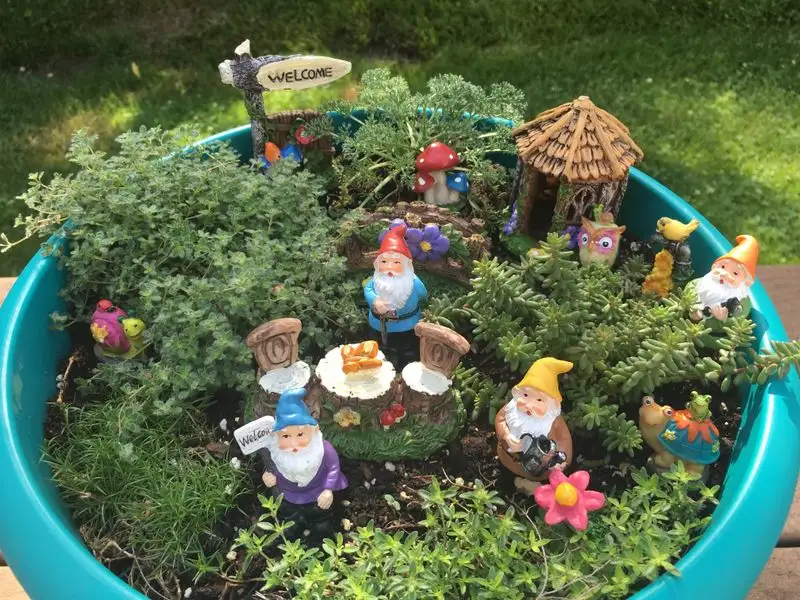
Designing a fairy garden is a magical activity that sparks imagination and play. These miniature landscapes invite creativity, as each element is crafted to tell a story. Constructing tiny settings with small plants and decorations encourages attention to detail and artistic expression. This whimsical project creates a sense of wonder and enchantment in the garden. The fairy garden becomes a space for storytelling and exploration, fostering creativity in young and old alike. It’s a delightful way to engage with the garden, transforming ordinary corners into extraordinary worlds of fantasy.
No-Dig Gardening
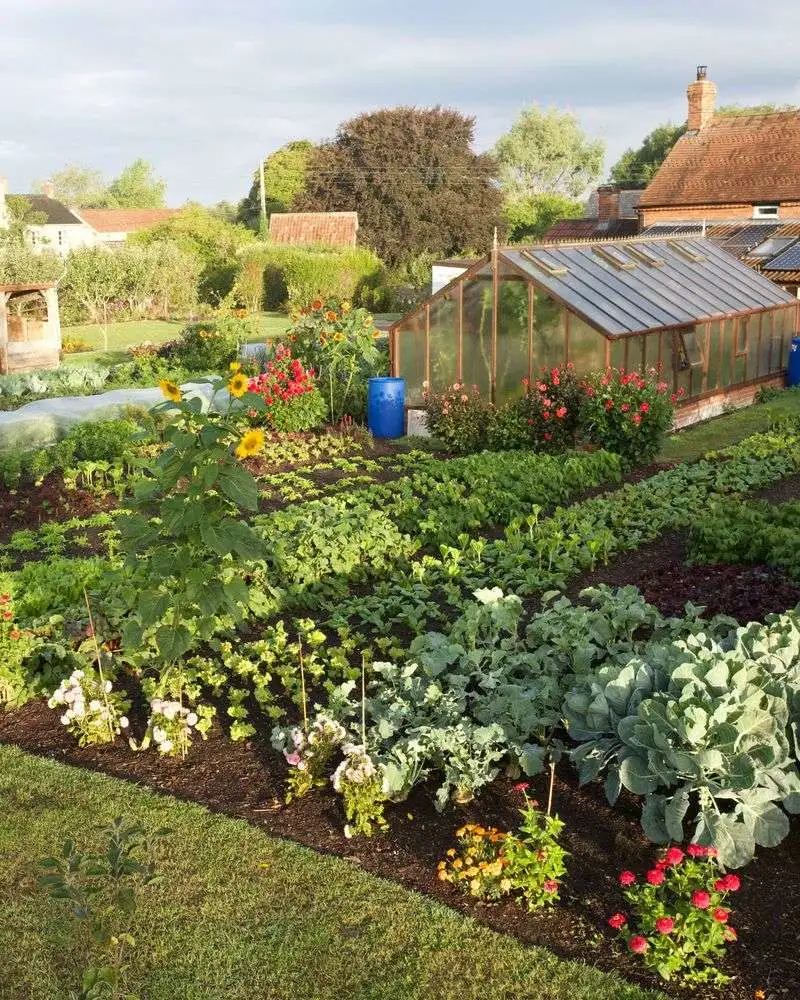
No-dig gardening is an eco-friendly method that minimizes soil disturbance. This approach improves soil health and structure, promoting better plant growth. Setting up a no-dig bed involves layering organic materials like cardboard and mulch. This sustainable practice reduces labor and weeds, providing a habitat for beneficial organisms. As you tend to the garden, this method encourages observation and adaptability. The no-dig approach fosters a deeper respect for the soil and its natural processes, making gardening accessible and rewarding. It’s a technique that nurtures both the earth and the gardener.

